All-terrain vehicles (ATVs) are as popular as ever, yet a new study from Nationwide Children's Hospital hopes to alert Americans about the dangers of ATVs — especially for children.
The study found that over the past 25 years, each day an average of 31 children were treated in U.S. emergency departments for ATV-related head and neck injuries. What's more, experts say and preliminary data show motor sports have become even more popular during the coronavirus epidemic.
“When you’re going 30 miles an hour and you hit a tree, you may not get a second chance. At that speed, with heavy machines like that, one mistake can be life-changing," Dr. Gary Smith, director of the Center for Injury Research and Policy at Nationwide Children’s Hospital, in Columbus, Ohio, and senior author of the study, said in a press release.
Kristen Almer knows this all too well: Her 11-year-old nephew died in an all-terrain vehicle (ATV) accident in 2013. She's since started a program promoting power sports safety to kids and parents.
On May 24, 2013, heading into Memorial Day weekend, Logan Almer, who lived with his father, mother and older brother in Minong, Wisconsin, got on his dad's ATV when no adults were around, Almer told TODAY. He wasn't wearing a helmet or other protective gear and drove the vehicle toward the road. When he reached the road, he sharply turned because he knew not to drive the vehicle on pavement, but in the process, the vehicle flipped twice, crushing and killing Logan, Almer recalled.
Logan Almer, 11, died in an ATV accident in May 2013.Courtesy of Kristen Almer"We don't know all the details, but it's pretty obvious that when Logan got on that machine, he had no idea what he got his hands on," she said. "It was horrifying, graphic, brutal, unbelievable situation."
Almer added that Logan's parents "were very concerned about the safety of their sons" and that the ATV key was usually frozen in a block of ice. At the time of Logan's death, his older brother, Hunter, was doing his online certification on ATV safety. Almer, herself, has worked in the motor sports industry for decades, which made the loss that much harder.
At the time of Logan's death, his older brother, Hunter, was doing his online certification on ATV safety. Almer, herself, has worked in the motor sports industry for decades, which made the loss that much harder.
"I couldn’t believe this happened to my family," she said.
Between 1982 and 2018, there were at least 15,744 ATV-related fatalities, per the Consumer Product and Safety Commission. Of these, 3,353 were in children younger than 16, about 1 in 5. According to 2018 data from nonprofit the Insurance Institute for Highway Safety, in 80-90% of deaths, the victims weren't wearing helmets.
According to a Consumer Federation of America report from 2018, July is the month with the most fatalities due to off-highway vehicles (OHVs), and the date with the highest number of fatalities is July 4.
The CPSC numbers do not include deaths related to other off-road vehicles, such as utility-terrain vehicles (UTVs), Almer stressed.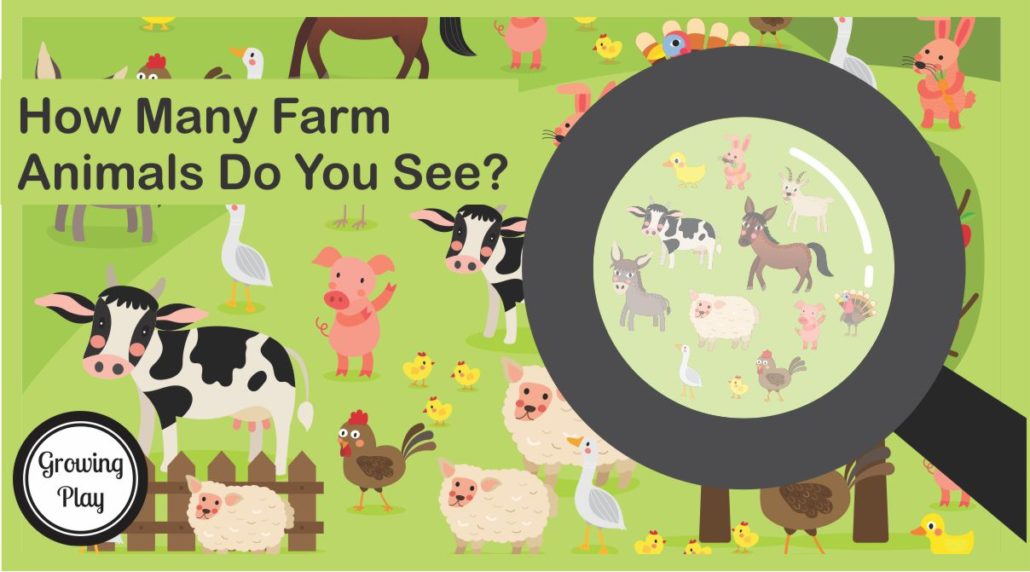
"People don't realize the danger that's afoot," she said. "People will say, 'We're not really concerned. Our kids don't ride.' ... The fact of the matter is kids who don't ride, they're the ones who are unfamiliar, who we need to get the message to."
Dr. Bret Nicks, a professor of emergency medicine at Wake Forest University in Winston-Salem, North Carolina, and spokesperson for the American College of Emergency Physicians, told TODAY he's seen a recent increase in injuries and fatalities related to ATVs as their popularity grows.
"The power behind them ... is markedly greater than it was a decade ago," he said. "People have to recognize that ATVs are not toys. They're fun, and yes, they have very small ones, but they're incredibly heavy, and they have lots of power."
The most common ATV injuries in kids, according to Nicks, are from falling off without wearing proper gear.
"They have on flip-flops and shorts, maybe a tank top or a T-shirt, so we see lots of contusions, injuries to the skin," he said.
Arm, leg and ankle fractures are also common, he added, and one of the most dangerous situations occurs when kids are ejected from the vehicle at a great distance.
"Then we have concerns for head injury, multi-system trauma inside their chest, inside their belly, organ injuries and those types of things," he said.
With ATVs, "there are appropriate ways to go about having tremendous amounts of fun," Nicks said. But taking necessary precautions is crucial and possibly lifesaving. Per the ATV Safety Institute:

Almer added that educating kids about the risks of power sports is one of the most effective ways to protect them.
"We don't throw our kids who don’t how to swim off a dock into 12-foot water. With power sports, it's the same thing," she said. "I don’t care whether you live in the city, you ride or you don’t ride — this is an issue that pertains to you."
This story was originally published in July 2020.
Maura Hohman
Maura Hohman is the senior health editor for TODAY.com and has been covering health and wellness news and trends since 2015, when she graduated from journalism school. Her byline has appeared on TODAY, NBC News, US News & World Report, People, Everyday Health, WhatToExpect.com, History.com and more. Her interests include women's health, racial health disparities, mental health and COVID-19.
By: Charles Jennissen, MD, FAAP
You don't see them just in rural areas anymore. All-terrain vehicles (ATVs) are popular among outdoor enthusiasts of all ages who ride them on trails, fields and off-highway vehicle parks.
ATVs are motorized vehicles with three or four off-road tires, throttle and hand brakes on the handlebars and a straddle seat. Most ATVs these days have four wheels since three-wheeler production was banned in 1988.
Driving an ATV requires skill and quick thinking. It also takes reflexes and strength that kids just don't have. That's why the American Academy of Pediatrics (AAP) recommends that children under 16 should not be allowed to operate an ATV.
From 1985–2015, ATV crashes killed more than 3,000 children under the age of 16. Nearly 1 million more were taken to the emergency department due to an ATV crash. In fact, it's estimated that about 4 kids are seen in an emergency department every hour for an ATV-related injury in the United States.
With advances in technology, ATVs are becoming bigger and faster. While this increases the vehicles' "thrill factor," it also creates the potential for more traumatic injuries.
The most common types of ATV injuries are bumps, bruises, cuts, dislocations and fractures. But more serious injuries also happen. A rollover can lead to trauma to the chest, abdomen, head or spine. Concussions and other head injuries are common, especially if the rider is not wearing a helmet.
Around 60% of ATV deaths occur on public roadways, both paved and unpaved. Despite their name, ATVs are not safe on all terrains. They have a high center of gravity, a narrow track, and off-road tires that can unevenly grab paved or gravel road surfaces.
Wear a helmet. Riders should always wear motorcycle-style helmets that are approved by the Department of Transportation. Wearing a helmet may greatly prevent or reduce the severity of a head injury in a crash.
Wearing a helmet may greatly prevent or reduce the severity of a head injury in a crash.
Don't ride with or as a passenger. Most ATVs are designed to carry only one person: the driver. Passengers can make ATVs less stable and difficult to control.
Stay off public roads. ATVs are not designed for roadway use like cars and trucks. They don't have the common safety equipment that all cars and trucks do. ATVs have knobby treaded, low pressure tires that can unpredictably grab public roadway surfaces and lead to loss of control and rollover.
Don't cross public roads. The exception is if it's permitted by law and supervised by someone who is at least 18 years old.
Only use an ATV that is the right size for the driver. Adult-sized ATVs can weigh over 800 lbs. and reach speeds over 70 mph. Their size and speed make them too dangerous for kids to drive.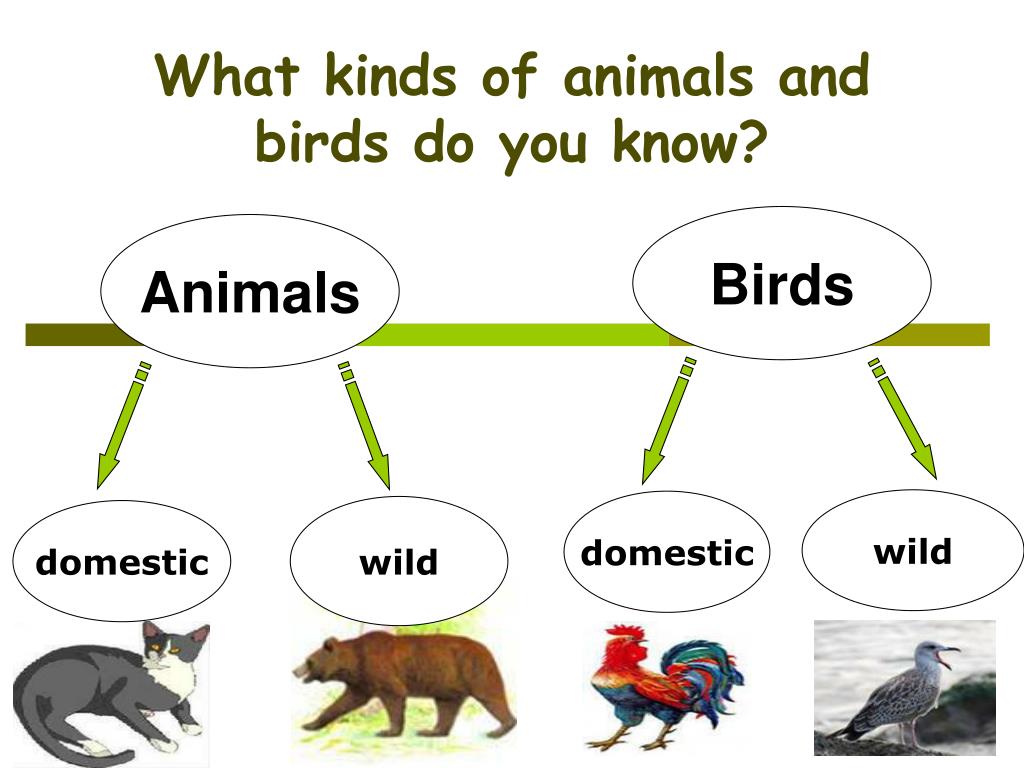 More than 90% of deaths and injuries among ATV riders younger than 16 have occurred when they were on adult-size vehicles.
More than 90% of deaths and injuries among ATV riders younger than 16 have occurred when they were on adult-size vehicles.
Never allow riding at night. This means no riding after dusk and until dawn. Flags, reflectors and lights should always be used to make vehicles more visible.
Do not drive ATVs while under the influence. Alcohol, drugs and even some prescription or over-the-counter medicines can physically or mentally impair your driving skills and abilities. This sets a good example for your children too.
Children younger than 6 years of age:
Never allow children in this age group to operate an ATV. Their physical, mental, and reasoning skills are way too limited.
Never carry or allow kids under 6 to ride as passengers on an ATV.
Children 6 to 11 years of age:
There are youth ATV models made for kids in this age group.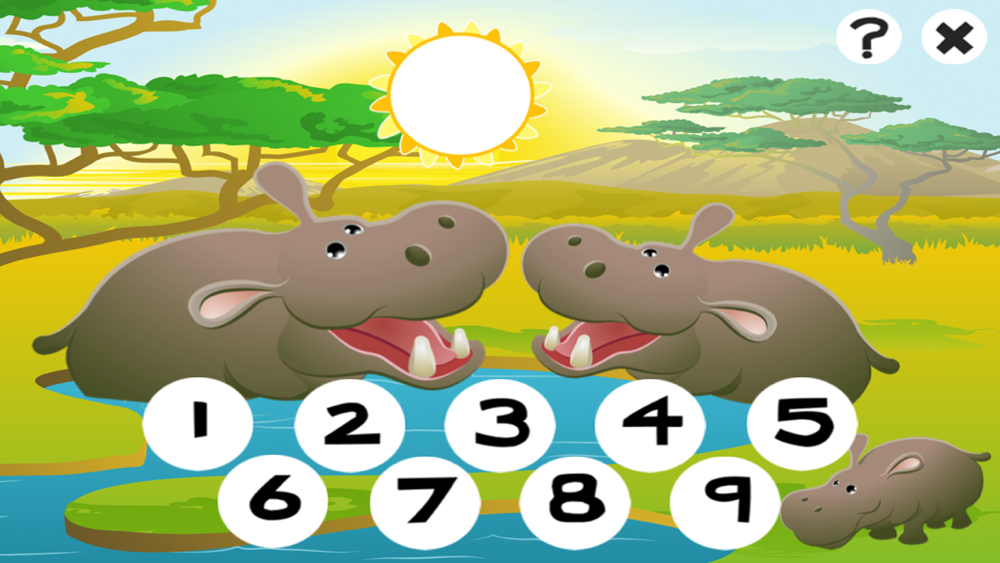 But their safety is unknown and kids this age still have many limitations in their abilities.
But their safety is unknown and kids this age still have many limitations in their abilities.
Considering these points, it's best to not allow children this age on ATVs at all.
Children 12 to 15 years of age:
Keep children in this age range on youth ATV models. Even though some kids may fit adult ATVs properly, 98% of deaths and injuries in this age group happen on adult vehicles.
Directly supervise your child to make sure they follow safe riding practices.
Teenagers 16 years of age and older:
Teens in this age group should follow all the safety rules and recommendations above. This includes always wearing an approved helmet and never riding with passengers.
Unless it's absolutely necessary, your teen shouldn't drive on public roads. Even if it's legal, it's not safe.
If your older teen does drive on a public road, they should follow all traffic safety laws and regulations.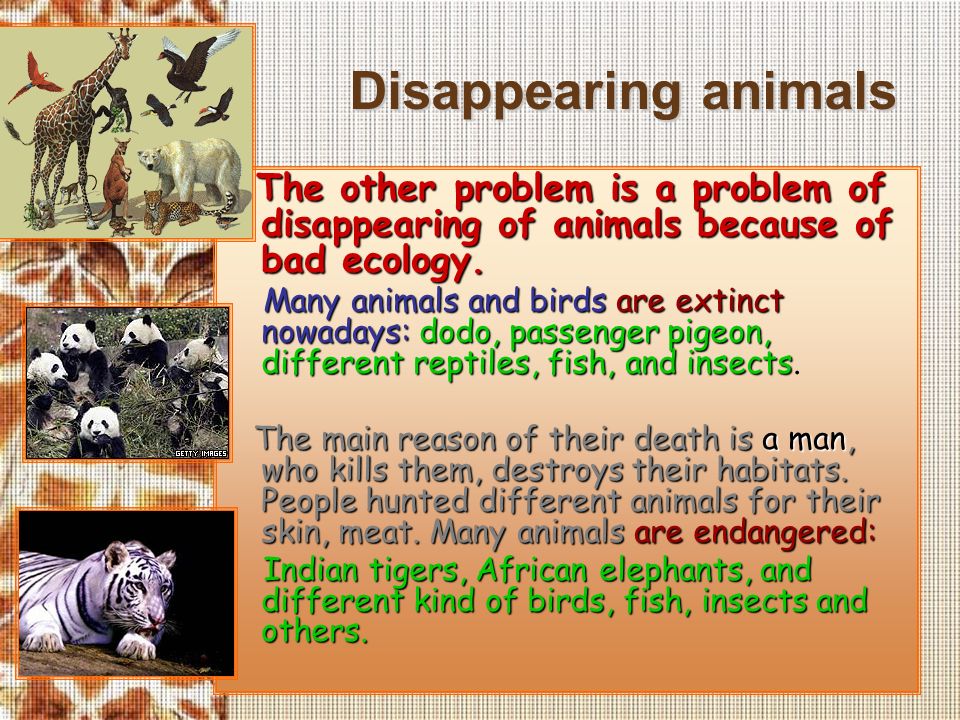
It's best for your teen to avoid riding at night, even if it's legal.
Get training. Have your child or teen take an ATV safety course before they ride an ATV. Check ATVsafety.org or call 1-800-887-2887 for resources.
Wear protection. Make sure your child wears other protective gear along with a helmet. This includes a face shield or goggles, long sleeves, long pants, over-the-ankle boots, and gloves. Consider using a chest protector and sturdier gear if your child is going to be riding at higher speeds, such as ATV motocross racing.
Check the speed limiter. Set and enforce speed limiter settings on youth ATV models for noncompetitive riding.
Add safety features. Put an orange safety flag at least 5 feet off the ground on your child's youth-size ATV. Use reflectors and lights so the ATV can be seen better by others.
Use reflectors and lights so the ATV can be seen better by others.
Educate. Make sure your child knows and understands the ATV safety rules.
Encourage consistent safety rule practice. Use appropriate discipline when needed so your child has consequences when they don't follow the rules. For example, if they ride without their protective gear, you could take away riding privileges for a specific amount of time.
ATVs come in a wide range of shapes, sizes and power levels. Most have four tires are designed exclusively for use on off-road terrain only
Three-wheeled ATV production was banned in 1988 because of how unsafe they are. But these vehicles are still injuring and killing riders, including children. Because of this, the AAP recommends that if you have a 3-wheeler, you stop using it immediately. Don't sell it to anyone else. Instead, make sure it can't be operated.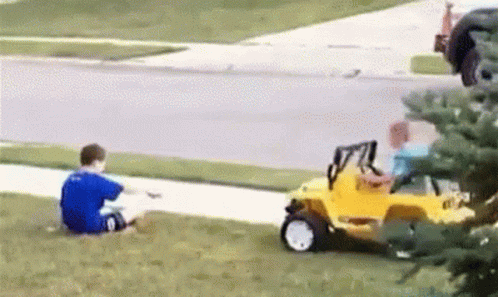
There are four youth ATV categories that vary in speed and motor size. No ATVs are made for children younger than 6. Many youth ATVs come with speed limiters. These are usually a screw that limits the throttle.
Youth Model Name | Age recommendation | Max speed with speed limiter engaged | Max speed without speed limiter engaged |
Y6+ | 6 years and older | 10 mph | 15 mph |
Y10+ | 10 years and older | 15 mph | 30 mph |
Y12+ | 12 years and older | 15 mph | 30 mph |
Y14+ | 14 years and older | 20 mph | 38 mph |
There is no research to suggest whether these speeds are safe for kids to travel. The manufacturers haven't done any studies with kids to determine the speeds at which they can safely drive.
The manufacturers haven't done any studies with kids to determine the speeds at which they can safely drive.
What about side-by-sides?
Another type of off-road vehicle that's becoming more popular is the side-by-side. Like ATVs, side-by-sides can roll over. Unlike ATVs, many of them have seat belts and a rollover protective structure. Still, side-by-sides are a safety concern as well.
These recommendations from AAP are for ATVs. They do not include side-by-sides. As more research is completed, a separate policy statement with recommendations for side-by-sides.
The majority of states have laws about the operation of ATVs. The laws vary greatly by state. These regulations cover everything from helmet use to how old the driver must be. Yet even states with the most complete sets of rules report ATV-related deaths and injuries each year.
You can check the Consumer Product Safety Commission (CPSC) for information on
ATV laws and training in your state.
Even if you don't own an ATV yourself, don't assume that your child doesn't have access to one. If you don't want your child on an ATV, let your child, your child's friends and other relevant adults know.
If you allow your child to operate an ATV, you should closely supervise them and enforce safety rules. But remember that just watching your child won't prevent a crash.
It's very easy for a child to jump on an ATV, push the throttle and make it go. But that doesn't mean that they're able to make the decisions that are necessary to safely operate them.
About Dr. Jennissen JennissenCharles Jennissen, MD, FAAP, is a Clinical Professor in the Departments of Pediatrics and Emergency Medicine at the University of Iowa Carver College of Medicine. He is lead author of the AAP policy statement and technical report on ATV safety. Dr. Jennissen serves on the AAP Council on Injury, Violence and Poison Prevention and Section on Emergency Medicine. |
The information contained on this Web site should not be used as a substitute for the medical care and advice of your pediatrician. There may be variations in treatment that your pediatrician may recommend based on individual facts and circumstances.
The death of wild animals on the roads of Russia can lead to the disappearance of entire populations. Mostly large individuals fall into the accident statistics, and the death of hundreds of thousands of birds and amphibians goes unnoticed. Which animals suffer from cars the most and what will help protect them, figured out Plus-One.ru .
Which animals suffer from cars the most and what will help protect them, figured out Plus-One.ru .
Photo: iStock.com
Car collisions with animals are not only dangerous to humans, but also directly affect biodiversity.
The number of cars and roads in Russia is growing. Thus, in 2018, the length of the routes increased by 21.6 thousand km and amounted to more than 1 million 529 thousand km. In 2019, Russians bought 1.75 million new cars, bringing the total number of cars to 53 million. The road network cuts through large green areas, upsetting the balance of the ecosystem. The habitat of animals is divided by highways. The wider the road and the more intense the traffic, the more difficult it is for the animal to overcome it.
“Observations on wild roe deer in Switzerland have shown that with 2,000 vehicles a day, only 20% of the animals cross the road safely. With an intensity of 6,000 cars per day, the road becomes impassable” , - Academician Sergei Govorushko points out in a book on geoecological design.
On the Moscow Ring Road, traffic intensity is up to 25,000 vehicles per hour.
According to the Ministry of Natural Resources of the Russian Federation, in 2018, 1,380 elks, 183 wild boars, seven red deer, ten spotted deer, and 233 roe deer died on the roads of the country. But these data are incomplete and do not reflect the full picture of what is happening.
By comparison, approximately 194 million birds and 29 million mammals are killed on European roads every year, according to a recent study published in Frontiers in Ecology and the Environment. An international team studied 90 road accidents involving animals from 24 European countries to create a new method to identify the most vulnerable species. This data will help design roads to protect wildlife where it is critical to the survival of populations.
In Russia, there are practically no such studies, and the statistics are mostly in accidents with large animals. An accident involving an elk or roe deer causes serious damage and is more difficult to hide than a collision with a hare. To avoid fines for dead animals charged by the Ministry of Natural Resources, drivers do not report a traffic accident. Therefore, cases of death of small mammals are rarely recorded. And birds and small animals, even rare species, do not fall into the statistics at all.
An accident involving an elk or roe deer causes serious damage and is more difficult to hide than a collision with a hare. To avoid fines for dead animals charged by the Ministry of Natural Resources, drivers do not report a traffic accident. Therefore, cases of death of small mammals are rarely recorded. And birds and small animals, even rare species, do not fall into the statistics at all.
The Russian branch of Greenpeace and TSODP (Center for Wildlife Conservation) in the report "Death on the roads - an unknown tragedy of wild animals" analyzed data on the death of animals in Russia. The incompleteness and inconsistency of the statistics are clearly visible on the interactive maps accompanying the report.
(according to official data)
Photo: iStock.com
It is the silhouette of an elk that is depicted on road signs. Elklets travel in search of food to different zones of their habitat, depending on the season.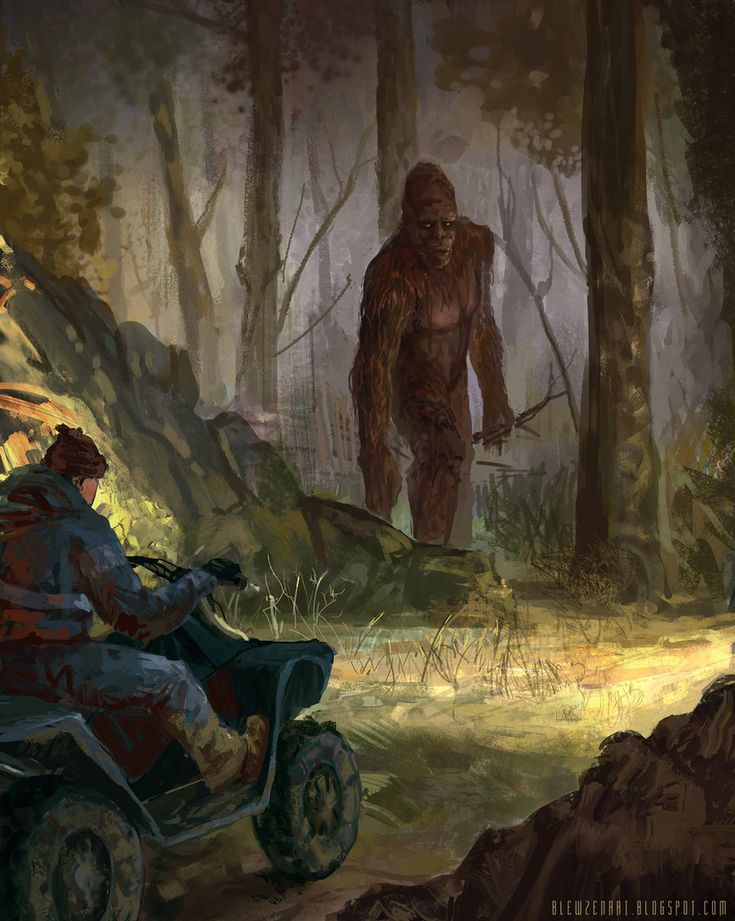 A moose travels 10-15 km a day, so roads often get in its way.
A moose travels 10-15 km a day, so roads often get in its way.
An adult moose weighs up to 600 kg and can reach speeds of up to 56 km/h. Collisions with moose are most fully reflected in the statistics, because they often lead to the death or injury of people and serious damage to the car.
1,380 moose died on the roads in Russia in 2018
Photo: iStock.com
Wild boar is widespread in Russia. It is believed that nothing threatens its population, and therefore hunting for wild boars is allowed during the hunting season.
An encounter with a wild boar is dangerous both in the forest and on the highway. These animals move quietly, have sensitive hearing and sense of smell, and can reach speeds of up to 45 km/h. With a weight of 150 to 200 kg and a body length of up to 2 m, this animal can cause serious damage to the car and passengers in a collision. A wounded boar is deadly.
A wounded boar is deadly.
183 wild boars died on the roads of Russia in 2018 They are common both in the European part of the country and in Siberia. The weight of a sexually mature individual (male) reaches 32 kg. Adult animals reach speeds of up to 60 km/h and are capable of jumping up to 2 m in height to get away from the chase.
In addition to frequent deaths on the roads, the population suffers from poachers and human disturbance.
233 roe deer died on the roads of Russia in 2018
Photo: iStock.com
Different types of deer, both spotted and noble, appear in the statistics of animal accidents. Spotted deer are included in the Red List of Threatened Species of the International Union for Conservation of Nature, that is, they are on the verge of extinction. These animals are difficult to breed even in reserves.
Red deer are less vulnerable than sika deer. In Russia, they are found in the forests of the central part of the country, for example, in the Kaluga and Bryansk regions, in the North - in Yakutia and Kamchatka. Unlike spotted deer, red deer are bred. In the Red Book, this is a “reduced vulnerability” species.
In Russia, they are found in the forests of the central part of the country, for example, in the Kaluga and Bryansk regions, in the North - in Yakutia and Kamchatka. Unlike spotted deer, red deer are bred. In the Red Book, this is a “reduced vulnerability” species.
Ten sika and seven red deer died on Russian roads in 2018
Photo: iStock.com
Foxes, like many other animals, are fascinated by headlights. Often they die at night, when, upon seeing the light, they freeze on the road. This effect is used both by poachers, when hunting with lanterns, and by scientists, to account for the number of animals.
No data for Russia. Only in the Tula region in 2018, 145 foxes died on the roads
According to environmentalists, small mammals and amphibians suffer the most from cars. A lot of birds are also dying on the roads. According to a European study, in the UK, among mammals, ground squirrels die more often than others, and among birds, hazel grouses. In general, among birds in Europe, the common blackbird is in first place - 11.94 per kilometer per year.
In general, among birds in Europe, the common blackbird is in first place - 11.94 per kilometer per year.
Experts are most concerned about the death of rare and endangered animals under the wheels of cars.
(according to environmentalists)
Photo: mos.ru
Primorsky Krai
The Far Eastern (Amur) forest cat is included in the federal and regional Red Books. The number of these rare animals has been declining since the 1990s, now only 2-3 thousand individuals live in Russia. Death on the roads also threatens the survival of the population of these animals.
Photo: iStock.com
Baikal, Irkutsk region
The Mongolian toad is a relic species, therefore it is especially valuable. The toad breeds in summer in the warm lakes of Olkhon, which are increasingly visited by tourists. Toads migrate from the lakes to the Tazheran steppes. On the way, many of them die crossing roads. The Mongolian toad has been able to cross the ages, but may become extinct due to increased traffic. The patterned snake, a snake that lives in the same region, is in a similar situation.
On the way, many of them die crossing roads. The Mongolian toad has been able to cross the ages, but may become extinct due to increased traffic. The patterned snake, a snake that lives in the same region, is in a similar situation.
Photo: newssestroreck.ru
Sestroretskoe swamp nature reserve, Leningrad region
In the Sestroretskoe swamp nature reserve in St. Petersburg, every year with the start of the migration of common toads and frogs, St. Petersburg environmentalists recruit volunteers for a mass action to save a rare species. The migratory route of amphibians passes through the road. Toads overcome it on their way to spawning and back. During the week, the participants of the action save up to 15 thousand common toads from death on the roads.
The common toad is not listed in the Red Book, but its populations are declining in some European countries, which is associated with a growing road network.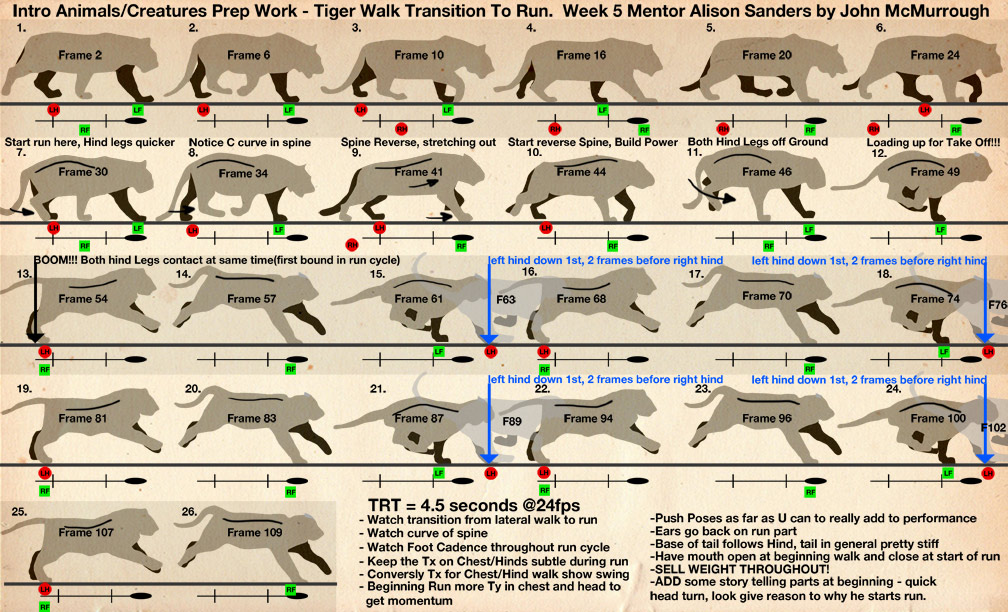
“In Russia, the road network is less extensive than, for example, in Scandinavia, and the average traffic intensity is less. There is little data, but I want to believe that fewer animals die in Russia. It is not worth catching up with Europe in terms of alarming indicators, we need to take action now. For example, to build ecoducts" , - comments Evgeny Usov, one of the authors of the report "Death on the roads - an unknown tragedy of wild animals."
Ecoducts are special crossings over busy trails designed for animals. Such "green safety corridors" connect natural areas separated by roads and help not only to prevent accidents, but also to unite the ecosystem broken into pieces by roads. It has been proven that even beetles and spiders use ecoducts.
There are 600 ecoducts in the Netherlands alone. There are no more than a dozen of them in Russia.
Part of the accident can be prevented by supplementing the "Wild Animals" warning sign with another one that sets the speed limit. The report also describes other measures that are used in the world practice of road construction in order to preserve populations of animals, birds and reptiles.
The report also describes other measures that are used in the world practice of road construction in order to preserve populations of animals, birds and reptiles.
Experts recommend involving biologists in the design of the road network and avoiding the construction of busy roads along animal migration routes. Real statistics will help assess which measures and where they will be most effective in protecting animals and solving the problem.
Author
Natalya Markova
Any person, even the most skillful and dexterous athlete, is not will be compared with his own strength even with a weak, wounded beast. Having met with beast, you cannot hide in an ATV, but with the right knowledge, he can be useful for self defense. About how to behave when meeting with someone or other wild animals, you will learn in this article.
About how to behave when meeting with someone or other wild animals, you will learn in this article.
The bear is one of the largest, strongest and most dangerous wild animals. The size of this predator can reach up to 3 meters in length, and weight - up to 800 kg. With his blow, he is able to break the bones of large animals, and his teeth so powerful that it can bite through the barrel of a smoothbore gun. Bear wary of a person, but not afraid, so meeting him with the wrong actions can lead to disaster. So what if the bear unexpectedly met on the way? If you're on a quad bike, it's best to take it easy. turn around and drive away at all speeds. And if the ATV remained in the distance, then you need to be careful:
- First of all, don't show fear. Try to save calm and don't panic. Begin to slowly move back or to the side small steps.
- Don't try to run away. The bear looks big and clumsy, but in fact he is very fast and frisky. An angry bear can reach speeds of 60-70 km/h and will pursue until the end. In case of escape the bear kills its prey in 90% of all cases.
An angry bear can reach speeds of 60-70 km/h and will pursue until the end. In case of escape the bear kills its prey in 90% of all cases.
- Make a lot of noise: talk loudly (no need try to growl), rattle with iron objects. Sometimes unexpected noise can frighten off the bear and he will run away.
- In case you meet little bear cubs, neither in no case do not come close to them, because somewhere not far away definitely walks their mother. The she-bear will perceive your contact with the cubs as a sign of aggression. and will definitely attack.
- If you have a weapon, then you should not immediately shoot at beast. It is better to shoot in the air - this can also frighten off a predator. But if this does not happen, then aim only at the head, because. on the body of a bear very thick hide and you can only hurt him.
- Bears rarely attack people. But if the above methods do not help and the predator went on the attack, it is better pretend to be immobilized.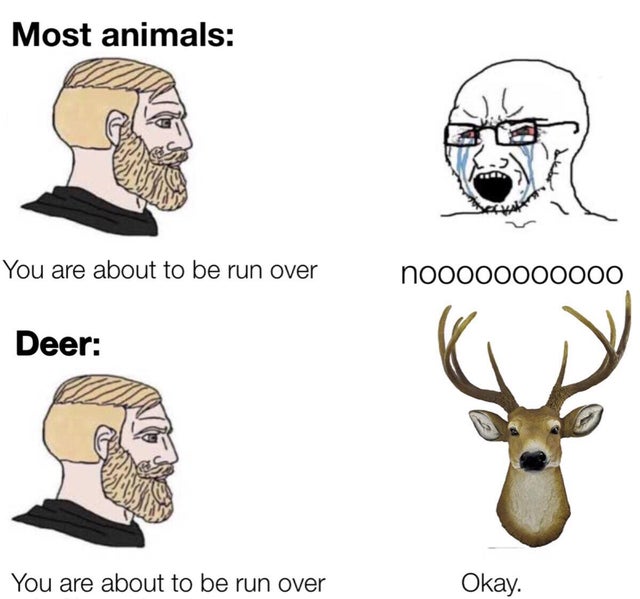 Lie down on the ground, cover your head with your hands and try not to make no sounds.
Lie down on the ground, cover your head with your hands and try not to make no sounds.
The wolf is a dangerous predator that rarely walks alone. It is unlikely that you will meet this beast on an ATV, as it is very cautious and wary of loud noises, such as the roar of an engine. But if the quad remained far away, and you managed to meet the wolf face to face, then it is also necessary to know the theory of upcoming actions.
- If one wolf meets you on the way, then it's not scary. Alone, they will not attack, it is better to bypass.
- In case of a collision with a flock, do not run away from them. Wolves are hunters and excellent runners. In any case, they will catch up and will not leave chances for salvation.
- It is better not to show fear and, just as in the case of a bear, make a lot of noise. Shout, throw rocks, clap. Do everything to scare the animal.
- Do not let yourself be surrounded and slowly move back or into side without turning your back on the wolves. Try to find a tree that you can quickly climb up and wait.
Try to find a tree that you can quickly climb up and wait.
- If you have any weapons, then you are lucky. FROM wolves are more likely to run away if they get shot, sprayed or hit knife.
- If there is nothing at hand and the wolves aggressively went to attack, then there is nothing left to do but lie down on the ground and protect your face, curled up into a ball.
Wild boars rarely attack humans first. It only happens in exceptional cases: self-defense or protection of cubs. Boar people are not eat, so you don't have to worry about it. When meeting with a boar, you also need follow a number of rules to avoid an unpleasant situation.
- Do not come close to offspring - this may be regarded like aggression.
- When attacking a predator, try to take a meter height. That to sit on a tree or stump. The boar won't get you upstairs.
- Handle weapons carefully. If you are bad handle a firearm, it is better to shoot in the air, so you can scare away animal.